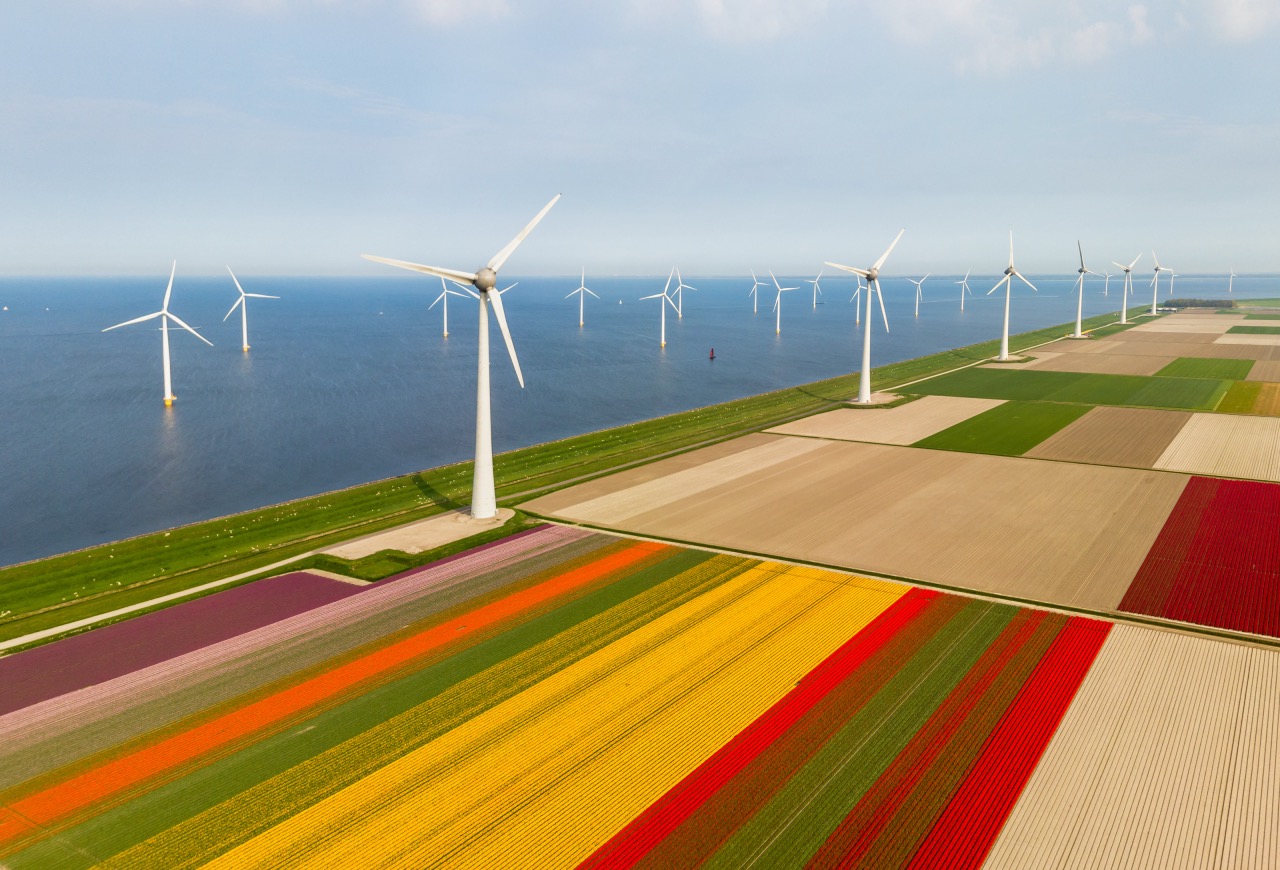There is no one-size-fits-all template for blended finance structures but research from the Dutch NAB identifies some overarching traits to aid understanding of a complex topic.

A new report from the Netherlands Advisory Board on Impact Investing (NAB) surveyed blended finance structures in Europe and those targeting emerging markets to identify key replicable elements and identify lessons for future deployment of catalytic capital.
For the report, NAB put together a working group to help it carry out research, including 21 case studies of sector participants and strategies, allowing the authors to produce a framework of typical blueprints for blended finance processes.
Laure Wessemius-Chibrac, NAB’s managing director, told a webinar on the report’s launch that, while there is a lot of talk about blended finance in the Netherlands and elsewhere, many interested in mobilising private money alongside concessional lending, guarantees and grants to make social or environmental impact do not fully understand how it works.
The five mechanisms that the authors said form the core of their inventory of the sector are phased capital deployment, tiered investor/investee-level risk structuring, return enhancement, technical assistance integration and multi-instrument structuring.
Wessemius-Chibrac said the report did not aim to be an exhaustive account of blended finance, but that “the blueprints could help potential interested parties to recognise that this is where they could bring a contribution on the financial or impact side and recognise the respective roles that each stakeholder could be taking”.
The report highlights that when in comes to blended finance structures there is no one-size-fits all template, given the multitude of often-unique variables at play in any given structure. So, while standardisation is useful at the blueprint level, flexibility is required in implementation.
“Our inventory tries to identify some replicable blueprints, but their applicability and effectiveness really depends on how well they respond to investor goals, risk perceptions, or contextual constraints,” Wessemius said.
The report’s authors said capital needs to be structured to match risk and return expectations of a stakeholder group likely to have diverse needs and goals, for example by using tiered capital and leverage to align investor risk-return preferences. The use of catalytic instruments, such as guarantees, also had an important role to play in improving the risk-return profile and mobilising private capital.
Negotiation is pivotal
“Investor negotiation and perceptions will shape the structures. Blended finance structuring is inherently a negotiation process, between the fund managers and investors or catalytic capital providers. It’s not only driven by financial logic, but by each party’s interest or challenges,” Wessemius said.
Catalytic capital also needed to align with impact objectives, while blended finance structures needed to be accountable and involve transparent reporting.
“You can’t ask for return enhancement, for example, or de-risking, if it’s not to achieve a certain path to your impact objectives, whether these impact objectives are environmental, social, or developmental,” she added.
Aligned governance and regulatory clarity were also essential to unlock participation from institutional investors that required clear rules to address compliance concerns and unlock sustainable investment mandates.
The report also underlined the benefits of pairing finance with ecosystem support, such as technical assistance, capacity building of intermediaries and ESG integration to ensure goals are executed properly and sustainably.
Dutch case studies in the report include the Sociaal Innovatiefonds (SIF) – a public-private initiative to support inclusive employment and social innovation – and the Dutch future Fund I launched in 2020 by Invest-NL and the European Investment Fund to help sustainability-focused SMEs to scale up.
The UK’s Better Society Capital and France 2030 provide two case studies from the rest of Europe. Ten studies of emerging markets-oriented blended finance structures include the SDG Loan Fund, HIVOS-Triodos Fonds, and the Mobilising Finance for Forests initiative launched by the UK government and the Dutch entrepreneurial development bank FMO.





